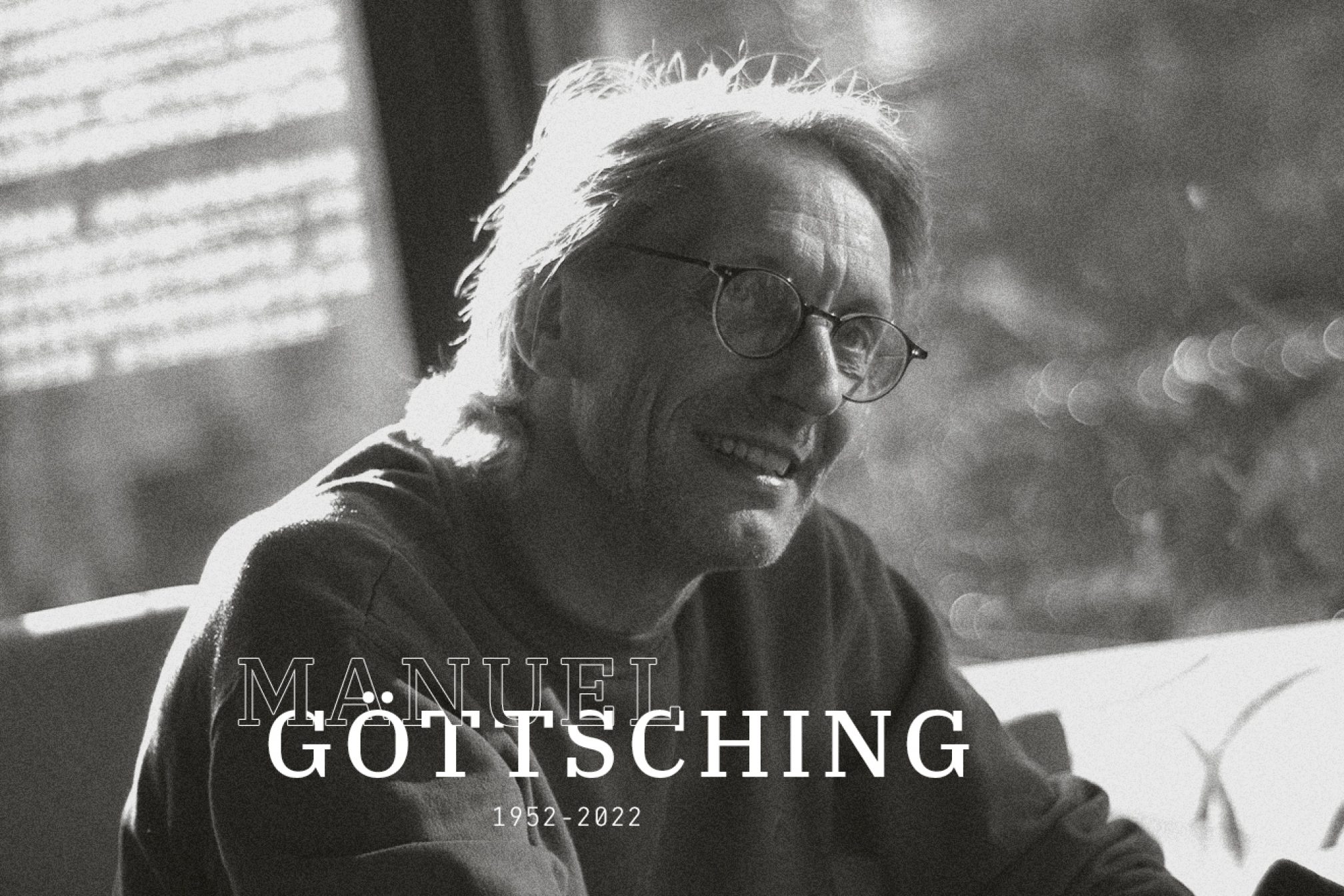 Features
Features
RIP Manuel Göttsching: A visionary musician who inspired the sound of the future
David Pollock pays tribute to the life and legacy of German musical pioneer Manuel Göttsching
Of the many moments where the old analogue format of the rock aristocracy mutated into the new electronic style surging across international club dancefloors, 1989’s 'Sueño Latino' by the Italo house group of the same name is a milestone. It bore all the hallmarks of a Balearic house composition of the time, including breathy, sexual female vocals from Venezuelan singer Carolina Damas, stabbing, up-tempo keyboard lines, and that prepacked bird call sound which seemed to be everywhere back then.
Beneath it all, though, lay a sample of a different, more sophisticated type of European music composition: 'E2-E4', the seminal hour-long electronic recording from 1981 by German musician Manuel Göttsching, who died earlier this month at the age of 70. Like his countrymen Kraftwerk, it established Göttsching as one of the major innovators of house and techno music before these concepts had even been given a name, and its influence has only grown since the recording’s adoption in clubs in the late 1980s.
Sueño Latino’s version was reworked as 'Remake' by Paperclip People (aka Carl Craig) in 1994, and during the 2000s Göttsching and 'E2-E4' had a major revival in club circles, mainly because the advent of Ableton and laptop technology at last gave him the ability to play it live on his own, as it had been recorded. One of the first live performances happened on December 12, 2006, 25 years to the day after 'E2-E4' was made, at Berghain with Âme in support, not far from Göttsching’s old studio. Basic Channel, Adam Beyer, Lindstrom and Prins Thomas have all remixed or reworked it.
It was Larry Levan who first introduced 'E2-E4' to the Paradise Garage in New York as a sensual, hypnotic set-closing anti-anthem, soon after its release in 1984; apparently, Levan even wanted it played at his funeral. In fact, the piece had been recorded in 1981, although it took three years to be released. Göttsching set up his Studio Roma recording facility in Berlin in 1974, and the following year released his 'Inventions for Electric Guitar' album, an ambient listening masterpiece in its own right, although one reliant on the mesmerising multitracking of rhythmic electric guitar playing and studio effects.
In the years after, Göttsching added more and more synthesisers, sequencers and keyboards to his set-up, creating a hub where he could stand and play everything at once. Long into the nights he experimented, then on that evening in December ‘81, with a flight to Hamburg the next day and an early portable Walkman with which he could listen back to a cassette of his own work on the journey, he pressed record and played for an hour.
The result was 'E2-E4' – its name a reference to the guitar tuning, a classic chess move and a computer programme Göttsching was using – which layered a tense, mesmerising digital piano rhythm over a rising synthesised groove in an intriguing, perfectly danceable fashion. Göttsching makes little interventions with sampled noises and glistening, synthetic piano melodies over the top, even adding some wailing electric guitar riffs towards the end.
In the sounds used, the maintenance of a uniform BPM over an extended period and its sheer beguiling nature, 'E2-E4' was years ahead of its time, and it’s certainly not accurate to describe it as the result of a half-hearted studio jam. All 58 minutes of it were recorded in one single, flawless take, with no added overdubs whatsoever.
Göttsching’s intention had been to follow in the footsteps of minimal composers like Steve Reich and Terry Riley, albeit with synthesisers, not to make dance music – he was just about aware of disco. His friends liked it, but precious few others were interested at first. Virgin Records still had an option on his next two solo albums, and he took it to London to play to Richard Branson on his houseboat. “You could make a lot of money with this music,” said Branson, but he didn’t get to release it.
Instead, sometime Tangerine Dream member and Göttsching’s old bandmate Klaus Schultze put it out on his new Inteam label in ’84. “There were some strange reactions here in Berlin,” Göttsching told Red Bull Music Academy in 2018. “Some people wrote, ‘there’s no excuse for this record.’ I had missed everything in the actual development of electronic music. I should better listen to Depeche Mode, they wrote.” The paper which ran the review later apologised.
It sold its limited release of one thousand copies, and one ended up in Larry Levan’s hands, beginning Manuel Göttsching’s journey to his second life as a recognised club and electronic pioneer. It’s a testament to his enduring influence that, were this tribute being written for a rock publication, it would be an entirely different one.
Born and raised in West Berlin, he grew up with the influences of his mother’s taste in opera and the sounds of blues, Motown and 1960s pop groups like The Beatles and The Rolling Stones, all heard on American and British forces radio. He played in a covers band in school, studied musical improvisation, and in 1970 founded the band Ash Ra Tempel with Schultze, pioneers of the German Kosmische sound alongside contemporaries like Neu! and Can. Their 1970s records as both Ash Ra Tempel and Ashra – including 'Seven Up' with acid visionary Timothy Leary in 1972 – are as visionary to rock as 'E2-E4' was to the future of the dancefloor.
David Pollock is a freelance writer, follow him on Twitter


